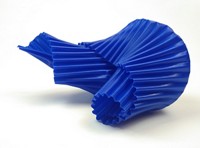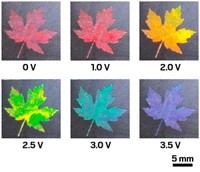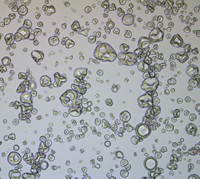Advertisement
Grab your lab coat. Let's get started
Welcome!
Welcome!
Create an account below to get 6 C&EN articles per month, receive newsletters and more - all free.
It seems this is your first time logging in online. Please enter the following information to continue.
As an ACS member you automatically get access to this site. All we need is few more details to create your reading experience.
Not you? Sign in with a different account.
Not you? Sign in with a different account.
ERROR 1
ERROR 1
ERROR 2
ERROR 2
ERROR 2
ERROR 2
ERROR 2
Password and Confirm password must match.
If you have an ACS member number, please enter it here so we can link this account to your membership. (optional)
ERROR 2
ACS values your privacy. By submitting your information, you are gaining access to C&EN and subscribing to our weekly newsletter. We use the information you provide to make your reading experience better, and we will never sell your data to third party members.
Materials
Chemistry In Pictures
Chemistry in Pictures: Imitation spider silk
by Manny I. Fox Morone
October 27, 2020

First artificial leather, then faux fur. Today many researchers are trying to make synthetic spider silk. The silk that spiders spew from their spinnerets has special properties, like high strength and stretchability that could be useful in applications like shock-absorption. But it’s tough to replicate the complex structure of silk fibers that spiders create effortlessly. Spider silk consists of a series of proteins strung together into long chains and a larger skin encasing those protein fibrils. Instead of fiddling with proteins, Yanjun Liu, a doctoral student at Fudan University, is trying to imitate that core-skin structure with these fibers made out of an ethylene–vinyl acetate (EVA) copolymer. By drawing the fibers while the polymer is hot (95 °C) and then quenching them in ice water, the fibers’ outer skin becomes wrinkly and more pliable while the inner core remains elastic just like the skin and core in natural spider silk. Liu thinks the strength of his fibers—about as strong as and even stretchier than spider silk—are a result of this structure.
Submitted by Yanjun Liu
Do science. Take pictures. Win money. Enter our photo contest here.





Join the conversation
Contact the reporter
Submit a Letter to the Editor for publication
Engage with us on Twitter